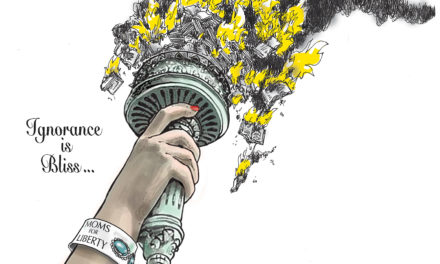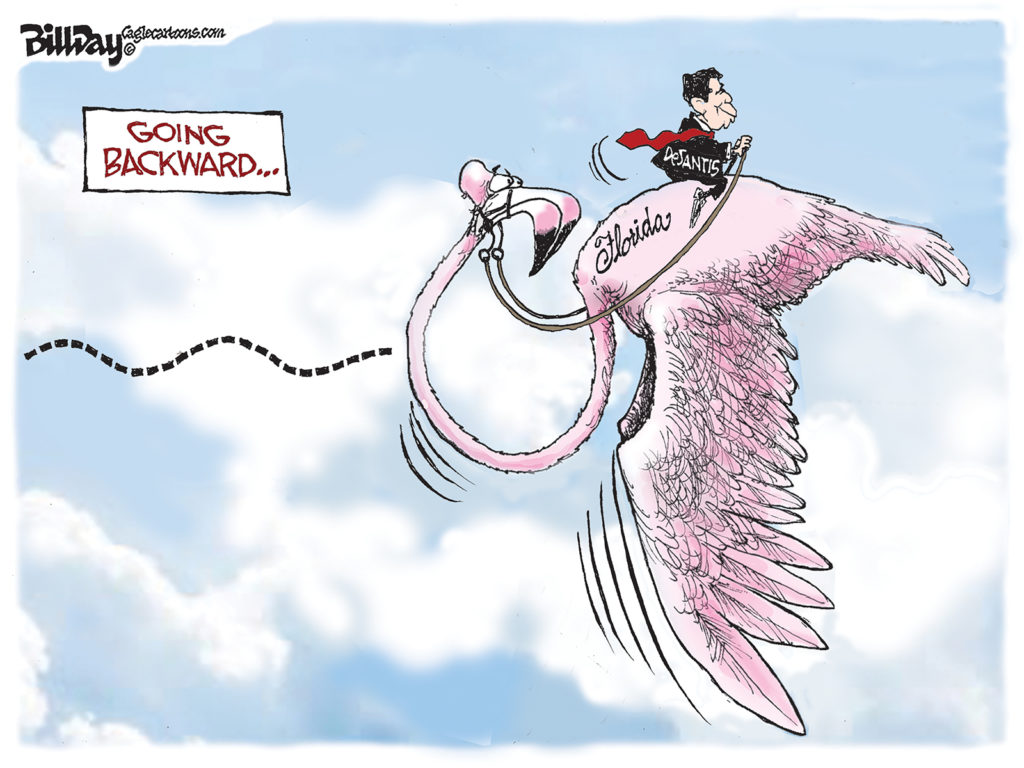Our good friend, Dr. George Lord, sent in this interesting information about the social costs of youth who are neither enrolled in school nor working. Memphis has been one of the cities with the greatest percentage of these young people. It’s an underlying problem that has received too little attention, but nevertheless, has profound implications for the future.
Here is the information sent in by Dr. Lord with his extrapolations for Memphis:
Opportunity Youth
There are 6.7 million youth between the ages of 16 and 24 in the United States who are neither enrolled in school nor participating in the labor market. The aggregate taxpayer burden amounts to $1.56 trillion in 2011 US Dollars and the aggregate social burden is $4.75 trillion. These are probably under-estimates. Although the number of whites is substantial, they are under-represented relative to their population, and the two minority groups are over-represented. Opportunity youth status is evenly divided between males and females. Slightly more than half of all opportunity youth are male, but slightly more than half of the youth population is male too. However, there is a critical difference: female opportunity youth are more likely to have family responsibilities; male opportunity youth are more likely to be incarcerated.
Cost of Opportunity Youth:
“We estimate that each opportunity youth imposes – on average and compared to other youth – an immediate taxpayer burden of $13,900 per year and an immediate social burden of $37,450 per year (2011 dollars). These are annual amounts for each year that a youth is identified as having opportunity youth status. After each opportunity youth reaches 25, he or she will subsequently impose a future lifetime taxpayer burden of $170,740 and a social burden of $529,030. Thus, the immediate burden is only a fraction of the future loss in potential: on average, only one quarter of the burden is incurred in youth (up to age 24); three-quarters is incurred afterward (ages 25-65). In total, a 20-year old opportunity youth will impose a full taxpayer burden of $235,680 and a full social burden of $704,020. These are lump sum amounts expressed in 2011 present value dollars.”
Source: Downloaded 8-15-2013,
This would suggest that in Memphis, based on the estimate of 5,000 16-18 year old and 23,000 19-24 year old disconnected youth, the cost is:
An immediate taxpayer burden of $ 389,200,000/year
An immediate Social Burden of $ 1,048,600,000/year
A future lifetime taxpayer burden of $ 4,268,500,000
And a future lifetime social burden of $13,225,750,000
Keep in mind that in Memphis the number of youth involved in crime and who are teen parents is higher than the national average. Hence these costs are conservative and probably low. However, given our lower Medicaid utilization rates in West Tennessee this figure is probably lower; though nationally Medicaid utilization rates are sometimes as much as two and a half times higher than other youth.
Nationally this group of youth:
32% are single mothers
21% lack health Insurance
75% grew up without a parent who had graduated from college
55% live apart from parents
44% were raised by a single parent
Measuring Social Burden and Taxpayer Burden:
“The social burden is composed of lost gross earnings (Y), all additional health expenditures (H), and all crime costs (C). Welfare and social services (WS) which are not direct transfers from government to individuals may also be included in the social burden. The public and private cost of education should also be included (E). An important, but often neglected, component of the social burden is the economic distortion imposed by raising taxes to pay for government programs. Raising taxes imposes costs on individuals who avoid the taxed good (and so do not pay the tax).6 This cost is called the ‘marginal excess tax burden’ (m). Another economic consequence is the lost productivity spillovers associated with having a more productive or skilled workforce (YG). Workers learn from each other, so having a more skilled workforce helps all workers (Moretti, 2004).
“The taxpayer (or fiscal) burden is composed of lost taxes (T), additional health care paid for by the taxpayer (HF), expenditures for the criminal justice system and corrections (CF), and all welfare and social service payments regardless of whether they are transfers (WF + WS). Any savings in lower education spending – because opportunity youth are not in college – should also be accounted for (EF).”
For a complete understanding of the cost of Opportunity Youth go to http://www.aspeninstitute.org/sites/default/files/content/docs/resources/Economic_Value_of_Opportunity_Youth_Report.pdf



